 |
|
||||||
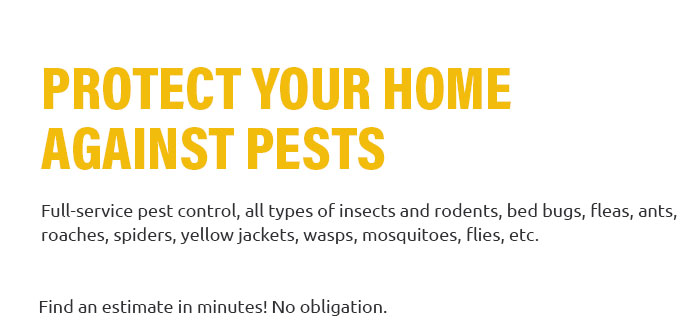 |
 |
 |
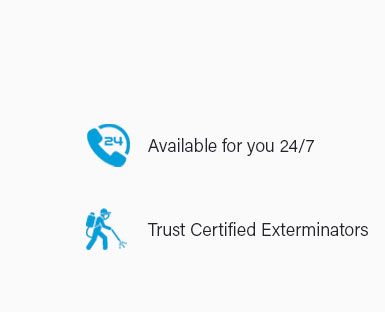 |
 |
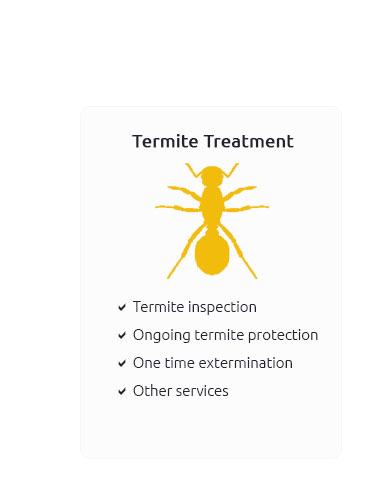 |
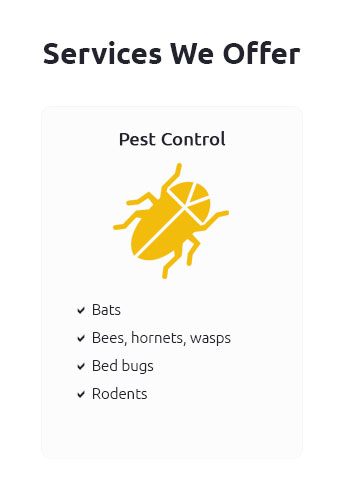 |
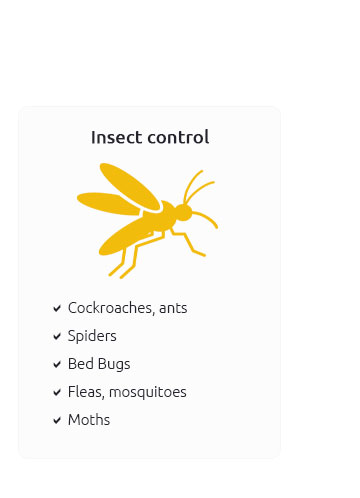 |
 |
 |
 |
 |
 |
Lawn Pest Exterminator: A Comprehensive GuideWhen it comes to maintaining a lush, green lawn, few things are as frustrating as the presence of pests. These uninvited guests can wreak havoc on your carefully tended grass, leaving it looking more like a patchwork quilt than a verdant oasis. The art and science of lawn pest extermination require both knowledge and strategy, akin to a delicate dance where timing and precision are paramount. Lawn pests come in various forms, from insects like grubs, chinch bugs, and armyworms to the less visible yet equally destructive nematodes and fungi. Each of these pests has its own unique behavior and lifecycle, necessitating a tailored approach for effective management. Understanding the enemy is the first step in any successful pest control strategy, as it allows you to anticipate their moves and counteract them before they cause significant damage. One of the most common adversaries is the grub, the larval stage of various beetles such as Japanese beetles and June bugs. These voracious eaters reside just beneath the soil surface, feasting on grass roots and causing brown patches to appear. An effective method to combat grubs involves applying a biological pesticide containing beneficial nematodes, which are microscopic organisms that parasitize and kill the grubs without harming the lawn or the environment. In contrast, chinch bugs are surface dwellers that prefer hot, dry conditions. They suck the sap from grass blades, leading to wilting and yellowing. A practical solution for chinch bugs involves maintaining a healthy lawn through proper watering and mowing practices, as a robust lawn can better withstand and recover from their attacks. For severe infestations, insecticidal soap or chemical insecticides may be necessary, though these should be used sparingly to avoid disrupting beneficial insect populations. The armyworm, aptly named for its tendency to march across lawns in large groups, can devastate a yard in short order. These pests are best managed by regular monitoring and early intervention. Bacillus thuringiensis (Bt) is an environmentally friendly treatment that targets armyworms specifically, offering an effective solution without the collateral damage associated with broad-spectrum pesticides.
It's important to note that while chemical pesticides can be highly effective, they also pose risks to the environment, beneficial insects, and even human health. Thus, they should be considered a last resort, used judiciously and in accordance with all safety guidelines. An integrated pest management (IPM) approach, which combines cultural, biological, and chemical methods, often yields the best results while minimizing negative impacts. In conclusion, becoming an adept lawn pest exterminator involves more than just applying chemicals at the first sign of trouble. It requires a nuanced understanding of the ecosystem within your yard, a commitment to sustainable practices, and a willingness to explore alternative solutions. By doing so, not only will you cultivate a lawn that is the envy of the neighborhood, but you will also contribute to a healthier environment. After all, a thriving lawn is not just a product of nature but also a testament to human care and ingenuity. https://www.lawndoctor.com/pest_control/
From lawn pest control to outdoor mosquito and tick control to prevent bugs like ants and centipedes from invading your home, Lawn Doctor and our lawn care ... https://www.naturesselect.com/lawn-insect-control/
If you need lawn pest services, Nature's Select is ready to assist. Serving North Carolina, request a free estimate at (888) 786-9735. https://www.trugreen.com/products-and-services/flea-tick-outdoor-nuisance-pest-control
TruShrub Tree & Shrub Care - TruBarrier Perimeter Pest Control - Lawn-Damaging Insect Control - Lawn Disease Services - TruDefense Mosquito Control - Lawn Aeration ...
|



